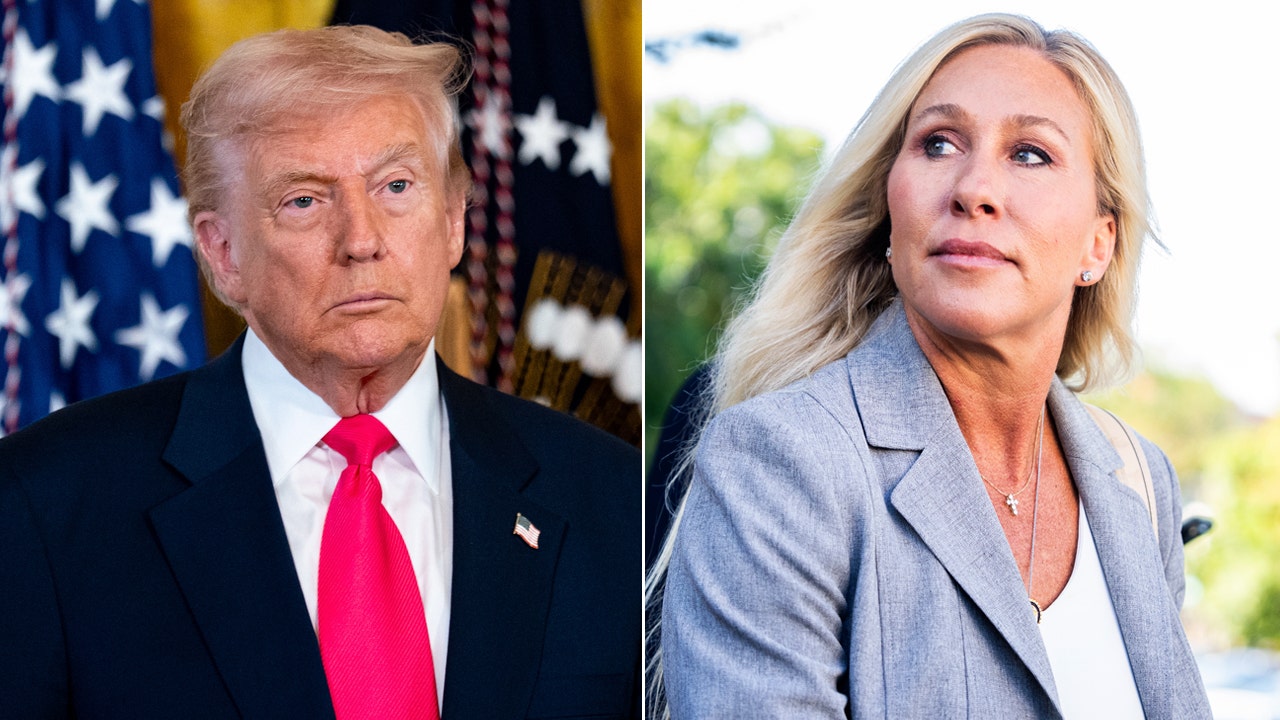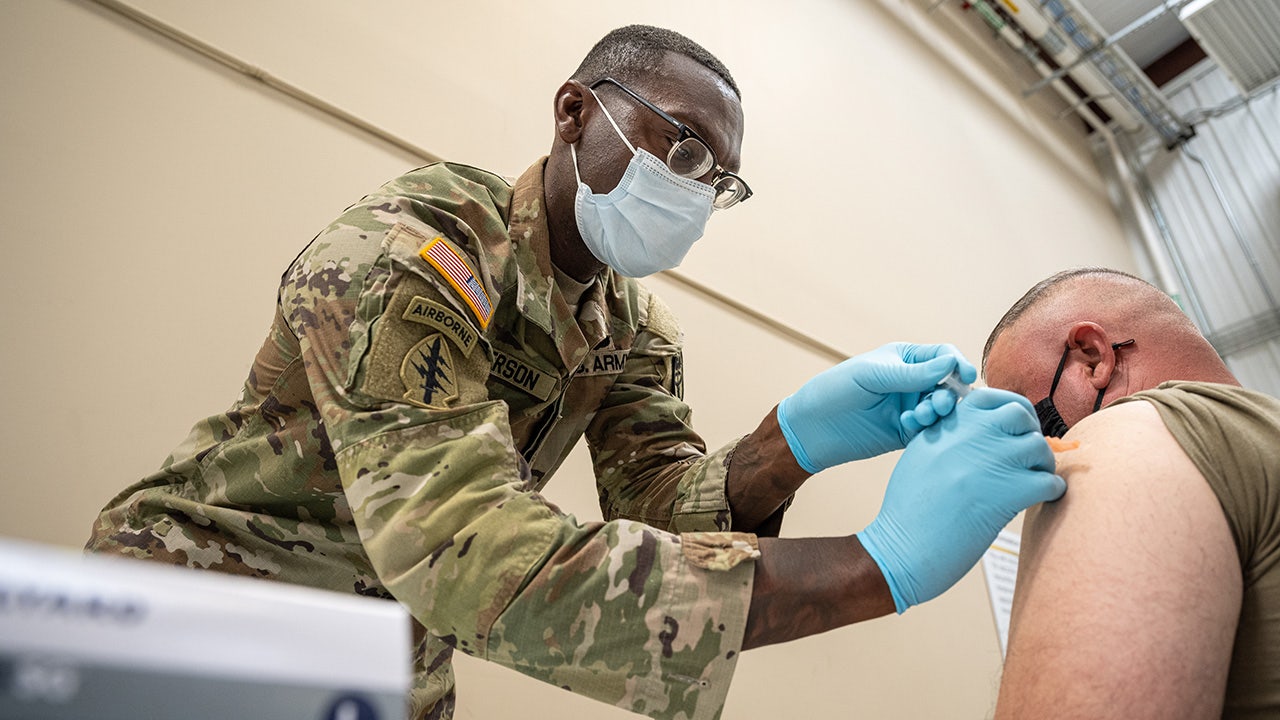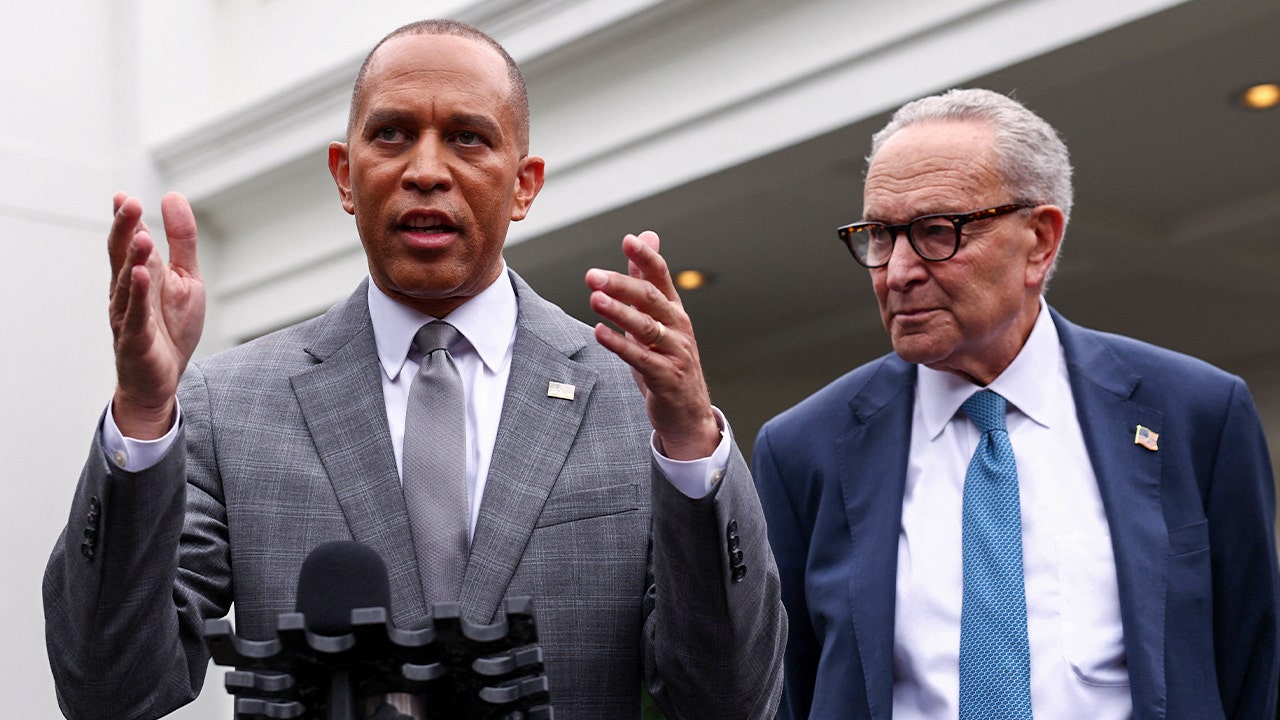Universities leaned on loopholes to avoid the Supreme Court’s affirmative action ban before Trump took office
Asian enrollment for Harvard University’s freshman class grew this year, while the percentage of black and Hispanic students dropped, an early sign that President Donald Trump’s efforts to stop schools from using racial preferences in college admissions are working.
Hispanic enrollment decreased by 5 points in the past year, down to 11 percent, while the percentage of black freshmen dropped from 14 percent to 11.5 percent, according to data released Thursday by Harvard. The Asian student population, meanwhile, grew to 41 percent from 37 percent. The share of white students was not included in Harvard’s data.
The shift follows the Trump administration’s increased enforcement of the Supreme Court’s 2023 ban on affirmative action stemming from Students for Fair Admissions v. Harvard. Several elite universities last year nonetheless reported virtually no change in racial composition, but since taking office, Trump has targeted race-based admissions practices. In August, he demanded universities disclose admissions data and said the administration would crack down on “hidden racial proxies” like diversity statements.
The percentage of black students in Harvard’s freshman class in 2023—before the Supreme Court’s ban took effect—was 18 percent. The new percentage—11.5 percent—mirrors the overall size of the black population in the United States, which is estimated to be between 11 and 13 percent. Competitive academic admissions processes that are entirely colorblind can shrink the percentage further. Stuyvesant High School, widely considered to be the top public high school in New York City, admits students based solely on a test, a practice mandated by a state law that bars any subjectivity in admissions. This year, only 1 percent of the incoming class at Stuyvesant was black. Asian students make up over 70 percent of Stuyvesant’s student body.
But Harvard’s shifting demographics are a significant change and likely a direct result of Trump’s directives, said Dan Morenoff, the executive director of the American Civil Rights Project.
“In the midst of the school’s widespread fights with the Trump administration over the need for it to comply with nondiscrimination law, their incoming freshmen demographics are starting to suggest that they’re following through and treating all applicants equally. That timing certainly looks related,” Morenoff told the Washington Free Beacon.
Princeton University reported a similar drop in black freshman enrollment, with a 5 percent decline from last year, the lowest since 1968, according to the New York Times. The freshman class’s Asian population increased to 27.1 percent from 23.8 percent.
Still, colleges have been reluctant to release their demographic data this year, according to the Times, with less than 20 highly selective schools having released demographic data so far this semester, compared with more than 30 this time last year. James Murphy, director of postsecondary policy for Education Reform Now, told the paper that schools are hesitant to release their data because of pressure from the Trump administration.
Harvard also required applicants to submit standardized test scores for the first time since the COVID-19 pandemic. Applications dropped this year, but were still 10 percent higher than when the testing requirement was first suspended, the Times reported.
Read the full article here






